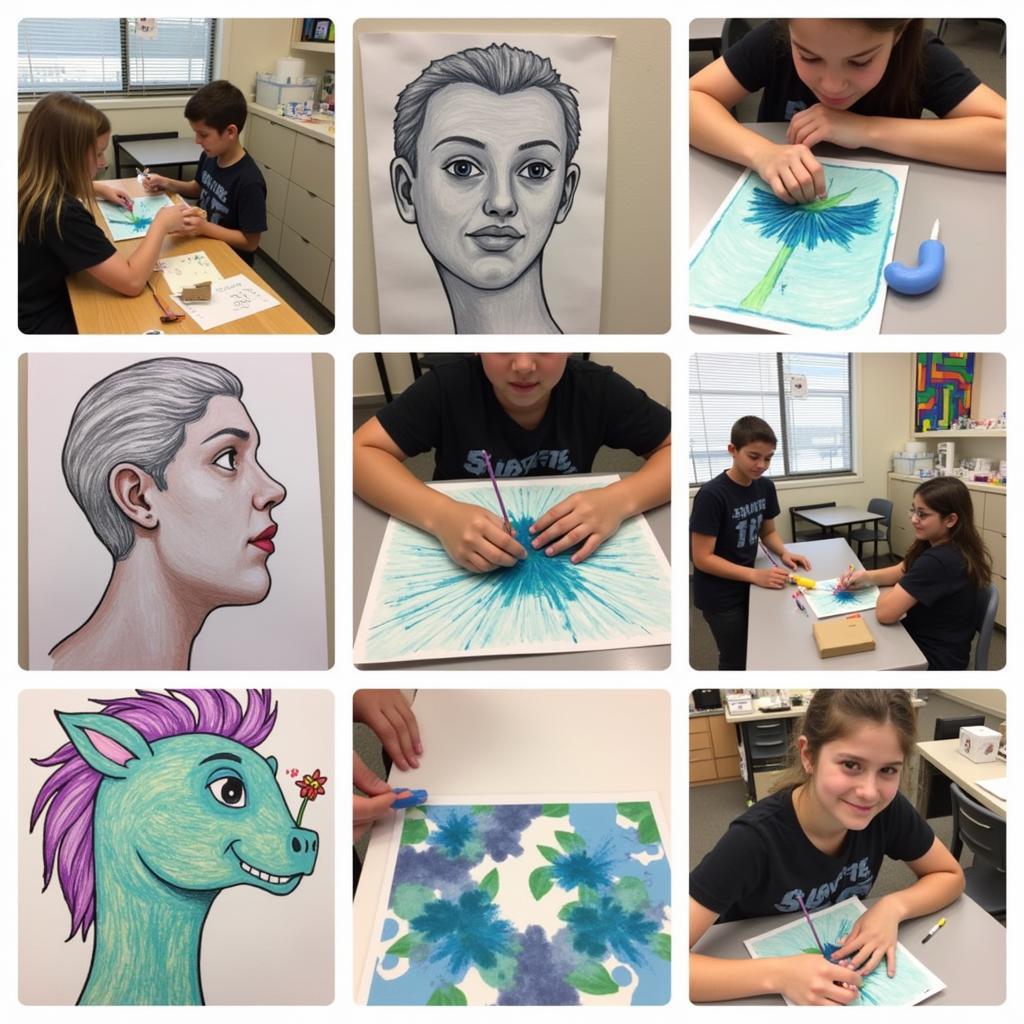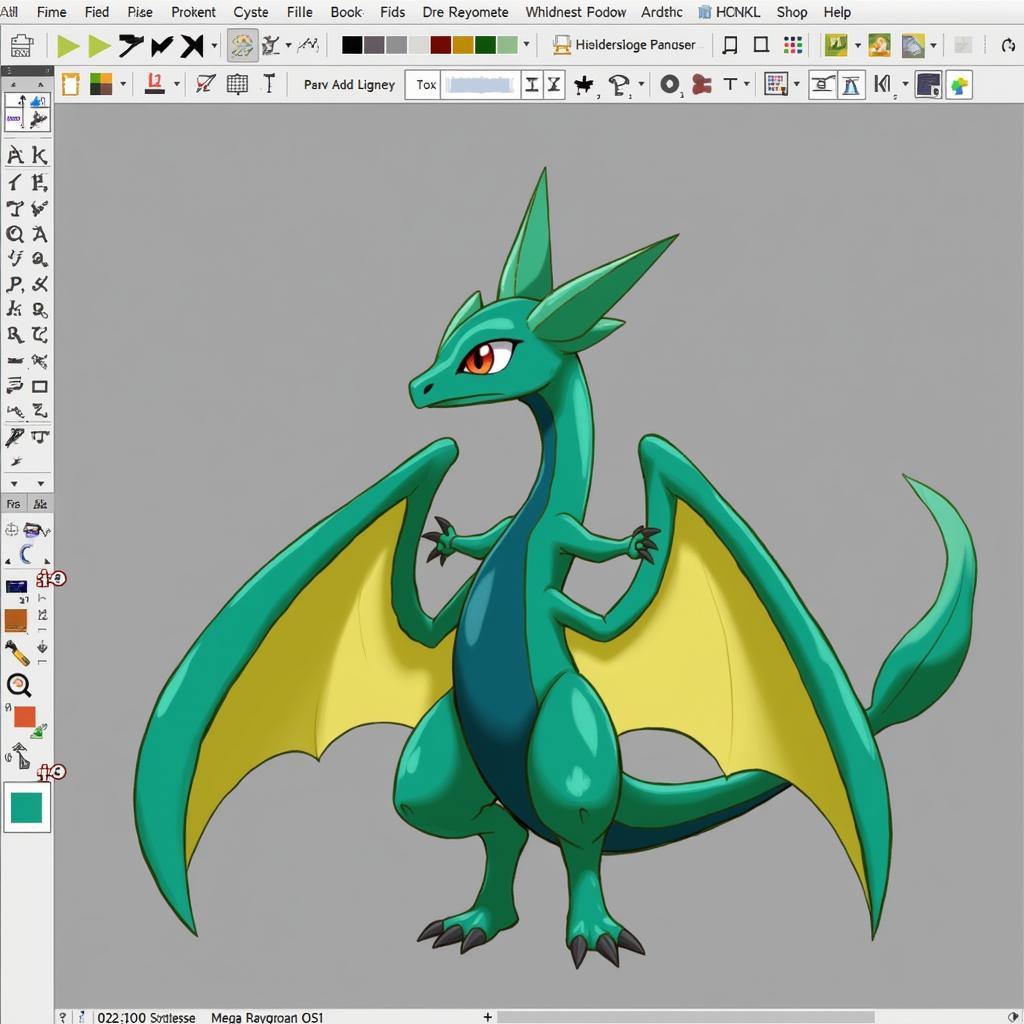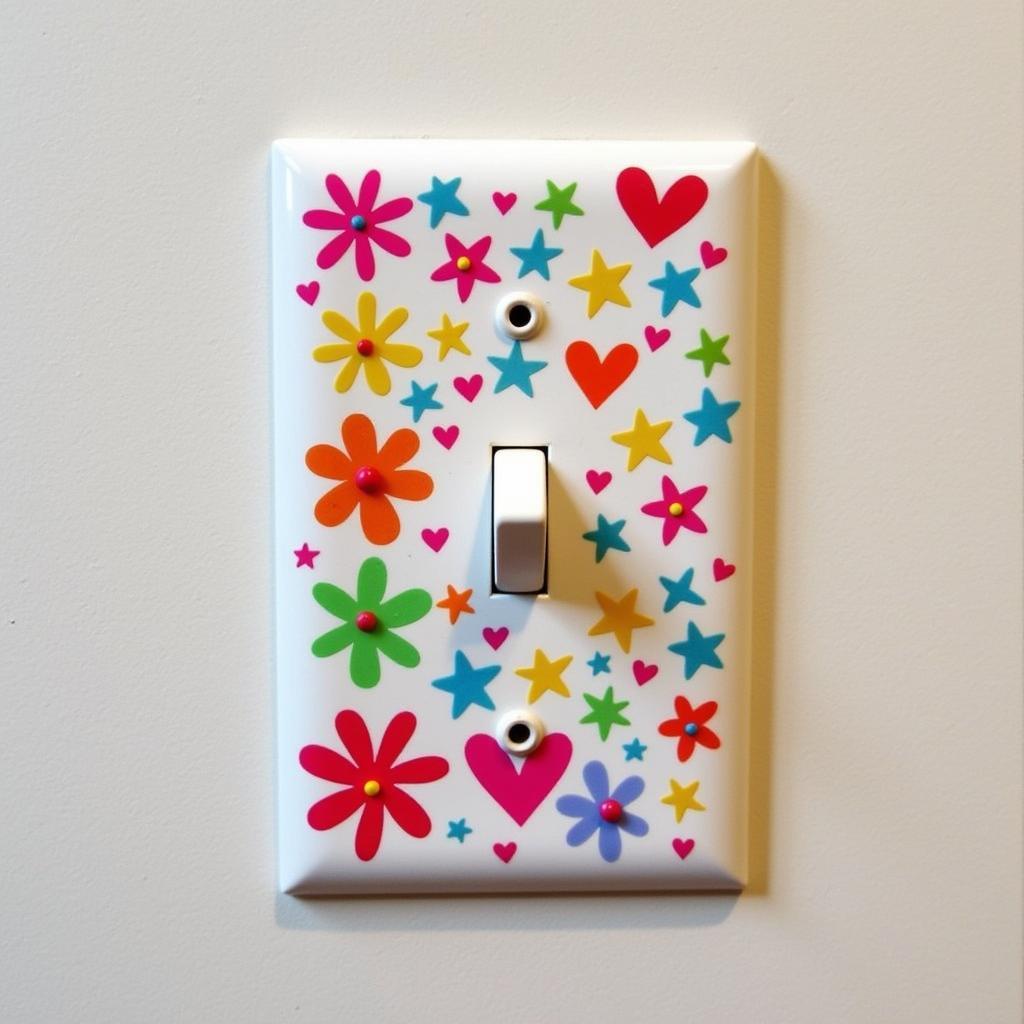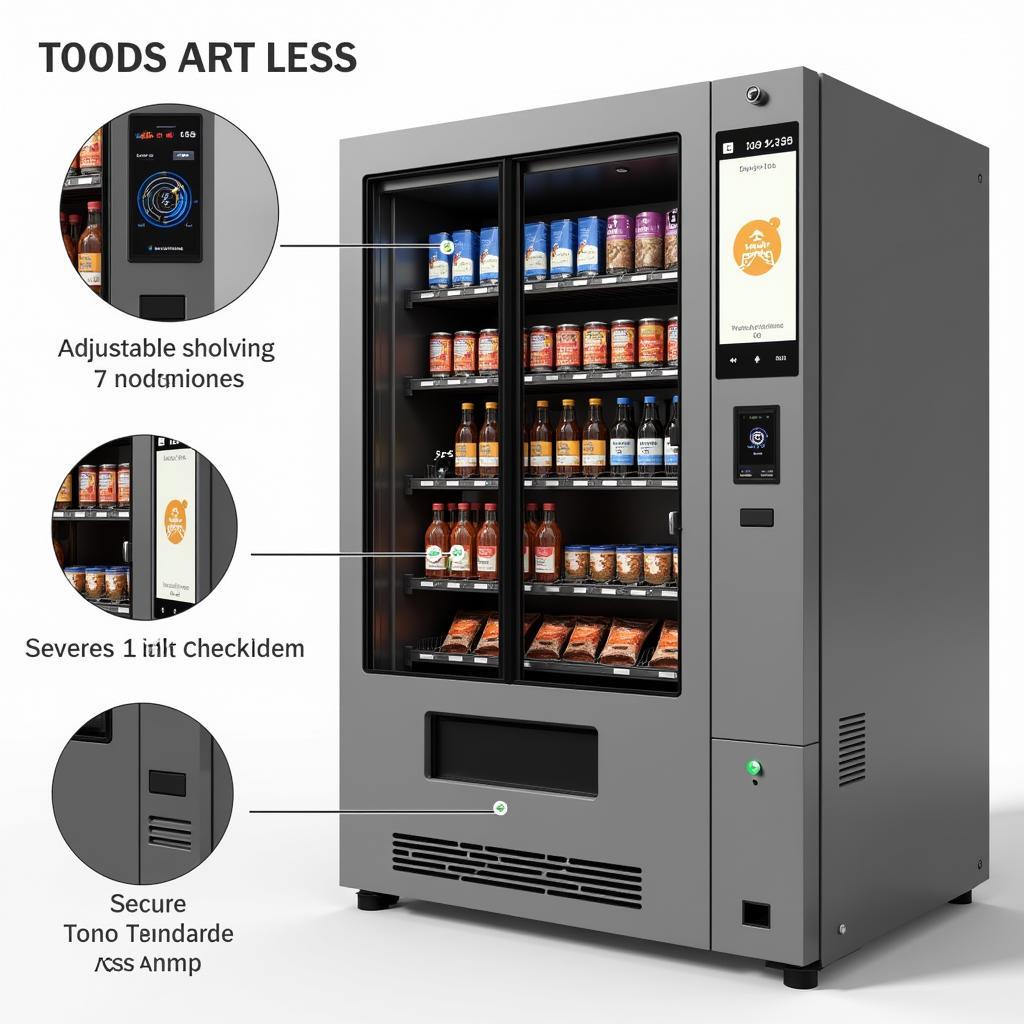Unleashing Creativity: Your Junior High Art Syllabus
A Junior High Art Syllabus is more than just a list of supplies and assignments; it’s a roadmap to discovery, a passport to creativity, and a foundation for future artistic endeavors. It’s the key to unlocking a world of visual expression for young artists, fostering their passion, and guiding them through the exciting journey of artistic exploration.
Navigating the Junior High Art Landscape: What to Expect
A well-rounded junior high art syllabus should balance skill-building with creative exploration. Students will delve into various art forms, including drawing, painting, sculpting, and perhaps even digital art and graphic design. The syllabus should clearly outline learning objectives, materials needed, grading criteria, and a schedule of projects and activities.
Core Elements of a Successful Junior High Art Syllabus
- Clear Learning Objectives: A junior high art syllabus should clearly state what students are expected to learn throughout the course. These objectives should be specific, measurable, achievable, relevant, and time-bound (SMART). For instance, a learning objective could be “Students will be able to identify and apply the principles of perspective in their drawings by the end of the semester.”
- Comprehensive Materials List: The syllabus should provide a detailed list of required art supplies. This allows students and parents to prepare adequately for the course. The list might include items like pencils, paints, brushes, paper, clay, and other specific tools.
- Transparent Grading Criteria: A clear grading rubric should be included in the syllabus, outlining how student work will be assessed. This rubric should detail the criteria for each grade level, such as proficiency in technique, creativity, effort, and participation.
- Engaging Project Outlines: The syllabus should provide a glimpse into the exciting projects students will undertake. Brief descriptions of each project, along with estimated timelines, will help students understand the scope of the course and spark their interest.
- Classroom Policies and Procedures: Clear guidelines on classroom behavior, attendance, late submissions, and make-up work should be included in the syllabus to ensure a positive and productive learning environment.
 Example of a Junior High Art Syllabus
Example of a Junior High Art Syllabus
Why is a Junior High Art Syllabus Important?
A comprehensive junior high art syllabus sets the stage for a successful and enriching artistic journey. It provides structure, clarity, and transparency, ensuring that both students and parents are well-informed about the course expectations. This document acts as a valuable reference point throughout the year, helping students stay organized, track their progress, and understand the learning goals.
Benefits of a Well-Structured Syllabus
- Promotes Student Success: A clear syllabus helps students understand what is expected of them, allowing them to focus on their artistic development and achieve their full potential.
- Enhances Communication: The syllabus serves as a communication tool between the teacher, students, and parents, ensuring everyone is on the same page regarding course expectations and progress.
- Fosters Organization and Time Management: A well-structured syllabus helps students develop organizational and time-management skills as they plan their work and meet deadlines.
- Creates a Positive Learning Environment: By clearly outlining expectations and procedures, the syllabus contributes to a positive and structured learning environment where students feel supported and motivated.
Unlocking Artistic Potential: Exploring Different Art Forms
Junior high art classes often expose students to a diverse range of art forms, fostering their creativity and helping them discover their artistic passions. These might include drawing, painting, sculpting, printmaking, photography, and even digital art.
Diving into the World of Artistic Expression
- Drawing: Students will learn fundamental drawing techniques, exploring different mediums like pencils, charcoal, and pastels. They will develop skills in observation, perspective, and shading.
- Painting: Exploring various painting techniques and mediums, such as watercolor, acrylic, and tempera, students will learn about color mixing, brushstrokes, and composition.
- Sculpting: Working with clay, plaster, or other materials, students will delve into the three-dimensional world of sculpture, learning about form, texture, and space.
- Digital Art and Graphic Design: In some programs, students may have the opportunity to explore digital art software, learning about graphic design principles and creating digital artwork.
“A well-defined junior high art syllabus empowers students to explore their creative potential, develop essential skills, and embark on a lifelong journey of artistic discovery,” says renowned art educator, Dr. Amelia Hart.
 Exploring Different Art Forms in Junior High
Exploring Different Art Forms in Junior High
Conclusion: Embracing the Artistic Journey with Your Junior High Art Syllabus
A junior high art syllabus is a vital tool for navigating the exciting world of art education. By providing a clear roadmap, it empowers young artists to develop their skills, explore their creativity, and embrace the transformative power of art.
FAQ
- What materials do I need for junior high art? (Refer to the syllabus for a specific list.)
- How is artwork graded? (The grading rubric is outlined in the syllabus.)
- What projects will we be working on? (Project descriptions are included in the syllabus.)
- What are the classroom rules? (Classroom policies are detailed in the syllabus.)
- How can I get extra help if I need it? (Contact the teacher for assistance.)
- What if I miss a class? (Make-up work procedures are outlined in the syllabus.)
- Can I explore different art forms? (The syllabus outlines the art forms covered in the course.)
For support, please contact us at Phone: 02462573573, Email: danteum@gmail.com, or visit us at Savico Megamall, 7-9 Đ. Nguyễn Văn Linh, Gia Thụy, Long Biên, Hà Nội 10000, Việt Nam. We have a 24/7 customer support team.



